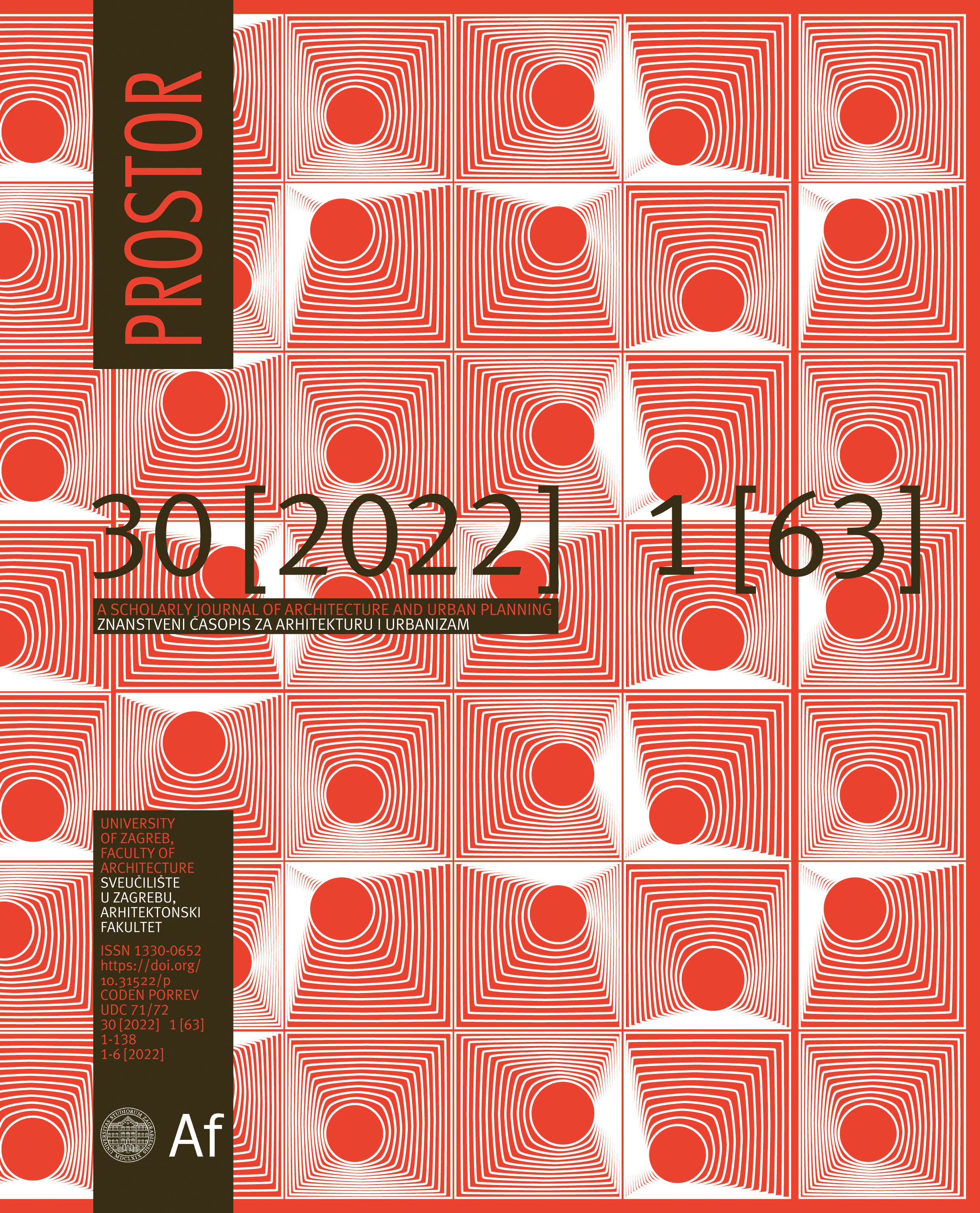The Relationship Between Spatial Configuration of Residential Quarters and Children’s Outdoor Activity
DOI:
https://doi.org/10.31522/p.30.1(63).3Keywords:
children, outdoor activity, residential quarter, space syntax, spatial configurationAbstract
Open spaces in neighborhoods are children’s main living spaces, closely related to their daily activities. There is an increasing awareness that the physical form of the neighborhood plays a critical role in children’s activity, by offering opportunities for exploration and interaction. The aim of this paper is to explore the impact of the spatial configuration of buildings on children’s activity on the example of a residential area in the city of Oum El Bouaghi (Algeria) as the research object. The hypothesis of this work indicates that spatial configuration and the location of the buildings, in particular, the way in which the site is embedded are important variables in children’s outdoor activity. Based on this hypothesis, both quantitative and qualitative methods are used together through Space Syntax and Snapshot Observations. Findings indicate that the extent and character of children’s outdoor activities are greatly influenced by the physical characteristics of the neighborhood environment in residential areas through the degree of space enclosure interpreted by visibility and accessibility. By uncovering the impact of spatial configuration, this research offers an approach to designers for rethinking and considering new insights into managing and designing current and future spaces in light of children’s preferences and behavior patterns.
Downloads
Published
Versions
- 2022-07-04 (2)
- 2022-06-28 (1)
How to Cite
Issue
Section
License
Copyright (c) 2022 Ouafa Chibane, Abida Hamouda

This work is licensed under a Creative Commons Attribution 4.0 International License.
Copyright (c) 2021 authors and journal.
This work is licensed under a Creative Commons Attribution 4.0 International License.
Authors who publish with this journal agree to the following terms:
In agreeing this form, you certify that:
- You read the ethical codex of the PROSTOR available at journal web.
- You submitted work is your original work, and has not previously been published and does not include any form of plagiarism.
- You own copyright in the submitted work, and are therefore permitted to assign the licence to publish to PROSTOR.
- Your submitted work contains no violation of any existing copyright or other third party right or any material of an obscene, libellous or otherwise unlawful nature.
- You have obtained permission for and acknowledged the source of any illustrations, diagrams or other material included in the work of which you are not the copyright owner.
- You have taken due care to ensure the accuracy of the work, and that, to the best of your knowledge, there are no false statements made within it.
- All co-authors of this submitted work are aware of, and in agreement with, the terms of this licence and that the submitted manuscript has been approved by these authors.







